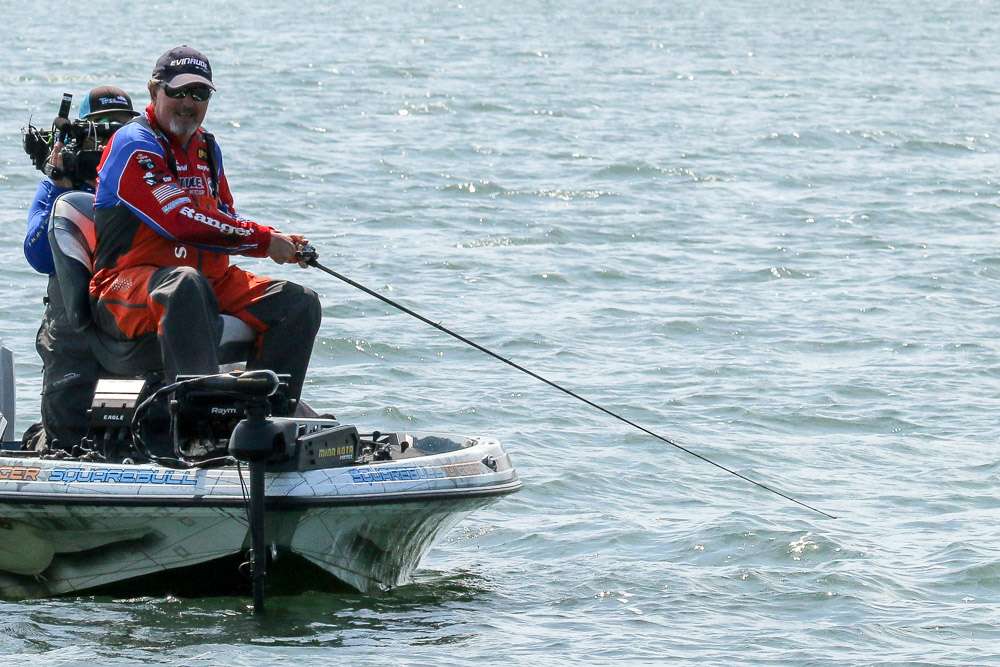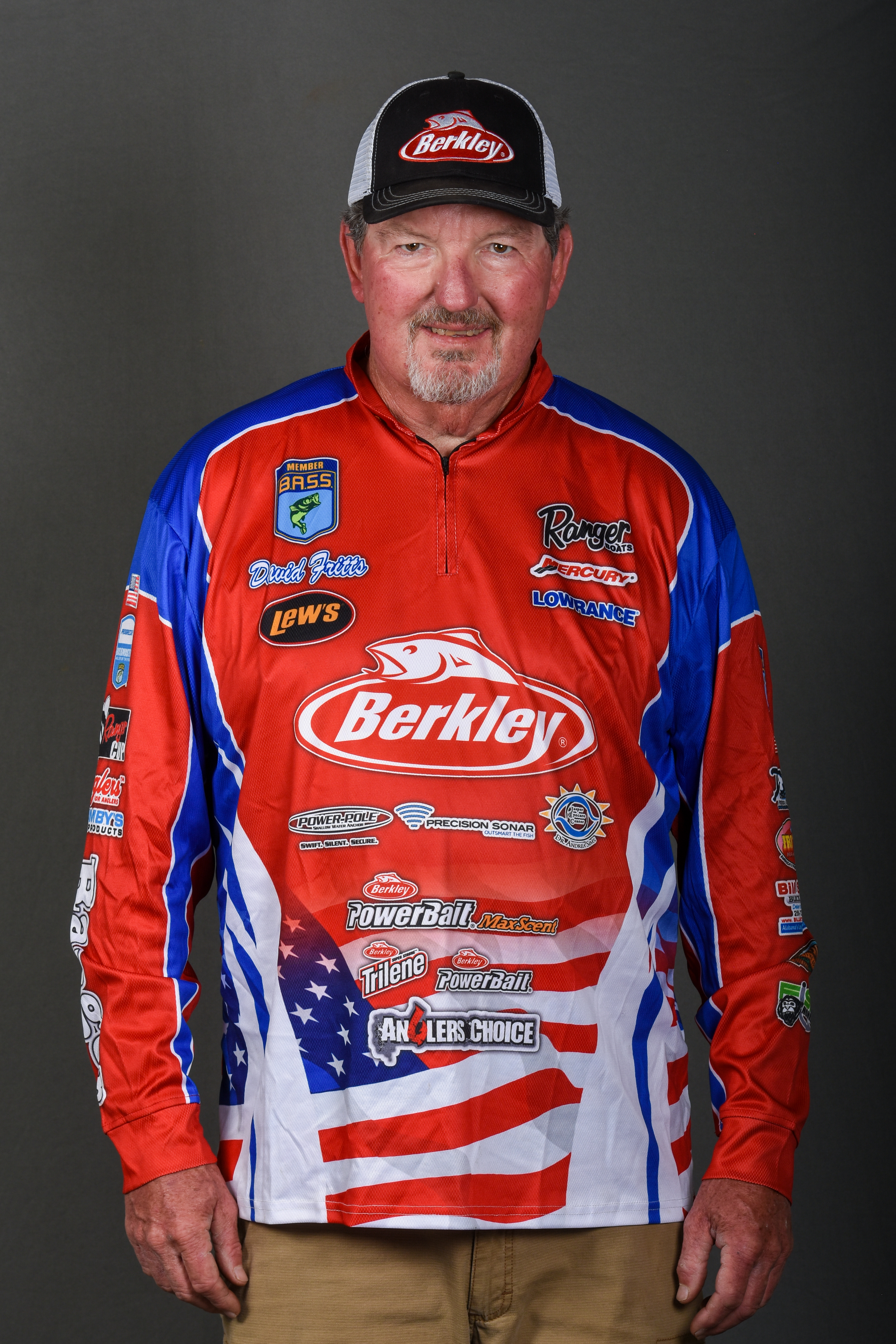
Choosing which crankbait to throw on any given day is part science and part art. Regardless, there are some basic rules — we’ll talk about them in this column — that should govern your selection. Just don’t let those rules control every decision you make.
The first, and most obvious, thing to consider is the forage and matching the hatch. If it’s small, then you should start small. If it’s big, then you should start big. When you think about small and big don’t confuse that with weight. Metal and some plastics are heavy in small sizes and some wood baits are really light even though they have big bodies.
Matching what they’re eating is about more than just size, however. Different types of forage move at different speeds and with different wiggles. A part of matching the hatch that a lot of anglers miss is trying to duplicate those movements.
Say the water’s cold. Most of the forge will be moving slowly. It doesn’t matter how much your crankbait resembles the real thing if it’s moving fast. It can’t look natural doing that. The same thing is true in reverse if the local forage is moving fast and your lure is moving slow.
Color and body shape matter, too. But they’re not as important as size and movement, at least not in my opinion.
Beyond that, what you start with depends upon what part of the country you’re fishing.
If you’re up a ways — north of the Pennsylvania-Maryland line — you should be thinking about smaller baits. The forage isn’t as big up there, and the fish are used to seeing small stuff. They might bite a big bait at times but over the long haul you’ll do much better downsizing.
As you move farther south your crankbaits should be getting bigger. Maybe in the Midwest they shouldn’t be giants, but they should be bigger than the little ones you were throwing above the Pennsylvania-Maryland line.
By the time you’ve moved all the way down into the South, or if you’re fishing in some of the legendary big bass waters, your crankbaits should be big and bulky. Ask any angler with experience in the Deep South about his selections, and he’ll tell you that bigger is better. And, then he’ll relate stories about how he regularly catches 2-pound bass with the biggest baits in his box. Some of his stories are probably true.
There is one exception to what I’ve been saying and that’s the tidal water situation. For some reason tidal bass seem to prefer small crankbaits. Honestly, I don’t know why, and I don’t really understand it. Some of the forage in those places is pretty big so you’d think that they would chase big lures. But they don’t, at least not a much as they chase small ones.
That’s pretty much it as far as crankbait size is concerned. I want to say again, however, that these are general rules based on my years of experience fishing around the country. It’s possible that you’ll have success breaking them from time to time. But at least they’ll give you a place to start and something to think about.
Something else: Nothing in this column has anything to do with the angler who’s willing to fish all day for one giant bass. Those anglers and the fish they try to catch are different animals. They play by different rules.

